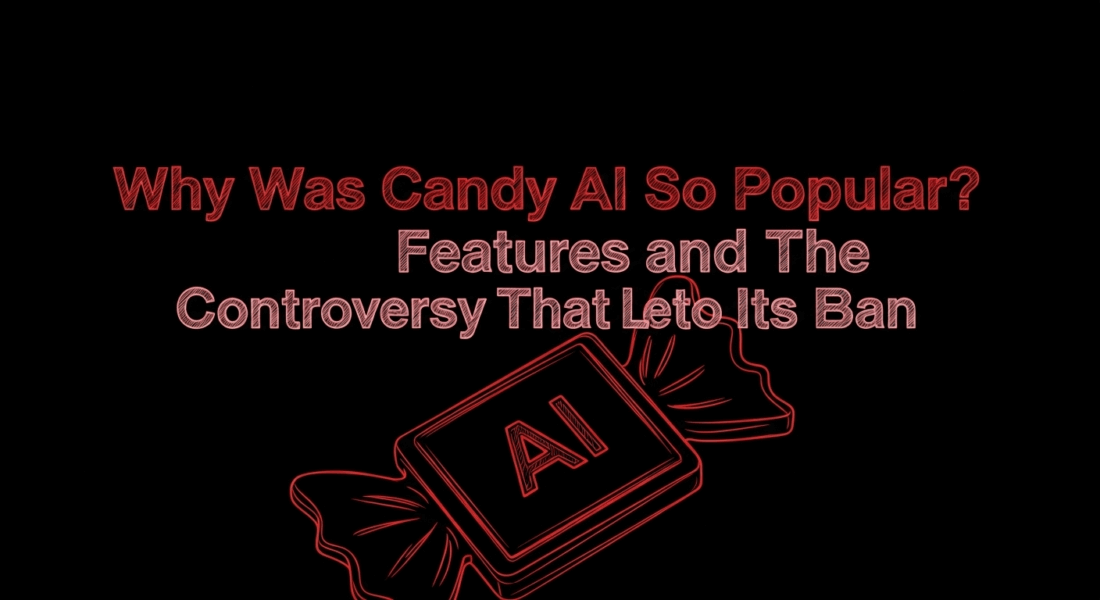Solana Block Finality: Community Votes on a Revolutionary Speed Boost
BitcoinWorld
Solana Block Finality: Community Votes on a Revolutionary Speed Boost
The Solana community is buzzing with excitement as a pivotal vote unfolds, set to dramatically reshape the network’s efficiency. This crucial decision directly impacts Solana block finality, a key metric for transaction speed and reliability. If approved, the proposal promises to make Solana transactions feel almost instantaneous, a significant leap forward for the entire ecosystem.
What is This Solana Block Finality Proposal All About?
At the heart of the community’s current focus is SIMD-0326, known as “Alpenglow.” This proposal aims for an incredible reduction in Solana block finality time. Currently, it takes approximately 12.8 seconds for a transaction on Solana to be considered fully finalized and irreversible. The “Alpenglow” proposal seeks to slash this duration to a mere 150 milliseconds. Imagine the difference! This change isn’t just a minor tweak; it’s a fundamental shift in how quickly operations are confirmed on the network.
Here’s a quick look at the proposed changes:
- Current Finality Time: Approximately 12.8 seconds.
- Proposed Finality Time: A blazing 150 milliseconds.
- Proposal Name: SIMD-0326 (Alpenglow).
- Goal: Enhance user experience and network responsiveness.
Why is Faster Solana Block Finality Crucial?
You might wonder, why is this speed boost for Solana block finality so important? A faster finality time brings a multitude of benefits, directly impacting users, developers, and the broader Solana ecosystem. For instance, applications built on Solana, especially those requiring rapid confirmations like high-frequency trading platforms or interactive gaming, would see a massive improvement in performance. Users would experience near-instant transaction confirmations, leading to a smoother, more intuitive experience.
Consider these key advantages:
- Enhanced User Experience: No more waiting for transactions to clear. Instant confirmations make using dApps feel seamless.
- Improved dApp Performance: Developers can build more complex and responsive applications that rely on quick finality.
- Competitive Edge: A faster network strengthens Solana’s position against other high-throughput blockchains.
- Greater Capital Efficiency: For DeFi protocols, quicker finality can mean more efficient use of capital and reduced risks associated with pending transactions.
How Does the Community Vote on Solana Block Finality?
The Solana network prides itself on its decentralized governance, and this significant upgrade to Solana block finality is no exception. The community is actively participating in the voting process for SIMD-0326. Wu Blockchain reported that the voting period is set to last for roughly two days, allowing ample time for token holders to cast their ballots. While the overall participation rate currently stands at 9.87%, a notable figure for such proposals, the sentiment is overwhelmingly positive. The vast majority of those who have voted so far are in favor of implementing this dramatic reduction in block finality time.
This high approval rate indicates a strong consensus within the community regarding the benefits of this proposal. It reflects a collective desire to push Solana’s capabilities further, cementing its reputation as a leading high-performance blockchain.
What Potential Challenges Could Arise from Reduced Solana Block Finality?
While the benefits of drastically reduced Solana block finality are clear, it’s always wise to consider potential challenges or technical complexities. Implementing such a fundamental change requires careful engineering and thorough testing. Developers must ensure that the new mechanism for achieving faster finality is robust, secure, and does not introduce any unforeseen vulnerabilities or stability issues to the network. The Solana engineering team has likely conducted extensive research and simulations to ensure the smooth rollout of Alpenglow, but ongoing monitoring and community feedback will be crucial post-implementation.
In conclusion, the ongoing vote on SIMD-0326 represents a thrilling moment for the Solana ecosystem. The potential to achieve near-instant Solana block finality could unlock new levels of performance and user satisfaction, further solidifying Solana’s role in the future of decentralized technology. The community’s strong support for “Alpenglow” signals a collective vision for a faster, more efficient, and truly revolutionary blockchain experience.
Frequently Asked Questions about Solana Block Finality
Q1: What exactly is “block finality” in blockchain?
A1: Block finality refers to the time it takes for a transaction on a blockchain to be considered irreversible and permanently added to the ledger. Once a transaction reaches finality, it cannot be altered or undone.
Q2: What is SIMD-0326 (Alpenglow)?
A2: SIMD-0326, also known as “Alpenglow,” is a proposal currently being voted on by the Solana community. Its main goal is to drastically reduce the network’s block finality time from approximately 12.8 seconds to a mere 150 milliseconds.
Q3: How will this reduction in Solana block finality benefit users?
A3: Users will experience near-instant transaction confirmations, making interactions with Solana-based applications much faster and smoother. This improves the overall user experience significantly.
Q4: What is the current status of the vote on Alpenglow?
A4: The vote is ongoing for about two days, and early reports indicate that the vast majority of participants who have cast their ballots are in favor of the proposal, despite a current participation rate of around 9.87%.
Q5: Are there any risks associated with such a drastic change to Solana block finality?
A5: Any significant protocol change requires careful implementation and testing to ensure network stability and security. The Solana engineering team would have conducted extensive research to mitigate potential risks, and ongoing monitoring will be crucial.
Was this article helpful in understanding the monumental shift happening with Solana’s transaction speeds? Share this exciting news with your network and let them know about the future of lightning-fast blockchain transactions! Your insights help spread awareness about these crucial developments.
To learn more about the latest crypto market trends, explore our article on key developments shaping Solana’s network upgrades.
This post Solana Block Finality: Community Votes on a Revolutionary Speed Boost first appeared on BitcoinWorld and is written by Editorial Team
You May Also Like
Pi Network Unveils Linux Node, Protocol v23 as Pi Coin Fights All-Time Low

Why Was Candy AI So Popular? Features and The Controversy That Led to Its Ban
